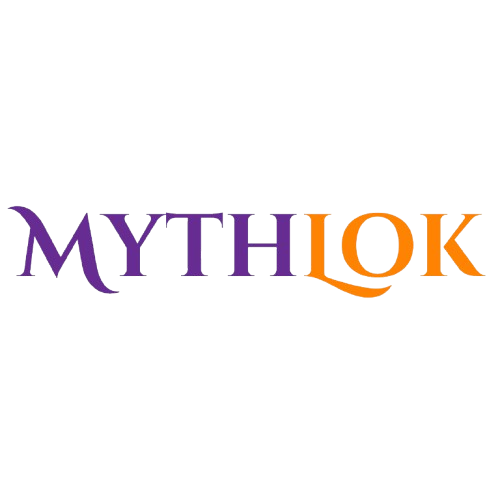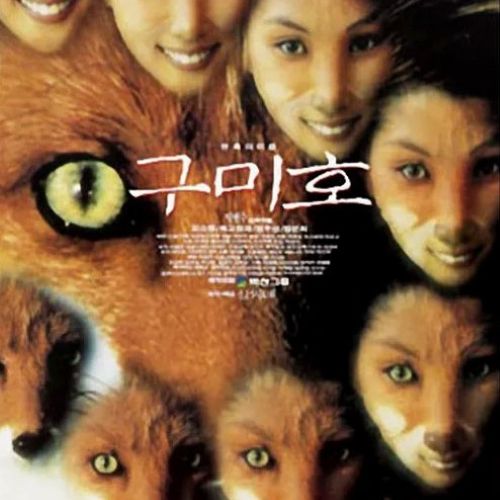Aurora Borealis Mythology: Inuit Legends of the Northern Lights
The Aurora Borealis, or Northern Lights, is one of the most mesmerizing natural phenomena, illuminating the Arctic skies with shifting waves of green, red, and purple. While modern science attributes this phenomenon to charged solar particles interacting with Earth’s atmosphere, Indigenous cultures have long held their own interpretations. Among them, the Inuit people have rich and varied myths surrounding the Northern Lights, embedding the celestial dance in their traditions, beliefs, and spirituality. These tales offer a deep connection between nature and the supernatural, making aurora borealis mythology an essential part of Inuit storytelling.
The Role of the Northern Lights in Inuit Mythology
For the Inuit, who have lived in the Arctic for millennia, the aurora borealis is not just a scientific phenomenon but a powerful, spiritual force. Depending on the region and tribe, interpretations of the Northern Lights vary, but most share common themes of spirits, the afterlife, and celestial beings. Unlike many cultures that viewed the aurora with fear, many Inuit legends paint it as a mystical and awe-inspiring event, closely linked to their ancestors and the spirit world.
The Spirits of the Ancestors
One of the most prevalent beliefs in aurora borealis mythology is that the lights represent the spirits of the deceased. Many Inuit groups believe that their ancestors’ souls travel to the heavens and manifest as the shimmering auroras. These spirits are often seen playing games, such as kicking around a walrus skull or a ball made of caribou hide, similar to traditional Inuit games. The movement of the auroras is interpreted as the spirits dancing and celebrating in the afterlife.
This idea brings comfort to many Inuit communities, as it reinforces the belief that loved ones remain close, watching over the living. The flickering lights serve as a reminder of ancestral guidance and the eternal cycle of life and death.
The Aurora as an Omen
Not all Inuit interpretations of the Northern Lights are peaceful. In some regions, the auroras were seen as omens, particularly if they moved quickly or appeared in deep red hues. A bright and rapidly shifting aurora could signal upcoming war, famine, or a harsh winter. Some Inuit elders would read the patterns in the auroras as warnings from the spirit world, guiding their communities on how to prepare for the coming season.
The Whistling Belief
A fascinating piece of aurora borealis mythology in Inuit culture is the belief that whistling at the Northern Lights can draw them closer. Some legends claim that if you whistle under the aurora, the spirits will notice you and descend to take you away. To counter this, Inuit children are often told to clap their hands loudly or cover their mouths to prevent the spirits from hearing them. This myth serves both as a cautionary tale and a method of keeping children safe from the dangers of the Arctic night.
Celestial Beings and Otherworldly Creatures
Beyond ancestors and omens, some Inuit myths suggest that the auroras are celestial beings themselves—either divine entities or supernatural animals. In some stories, they are seen as giant spirits carrying torches to light the way for travelers in the Arctic darkness. Other variations describe them as the spirits of animals, such as whales, deer, or seals, illuminating the sky as they transition between worlds.
There are also darker tales, in which the auroras are thought to be malevolent spirits. Some Inuit groups warn against staring at the lights for too long, as they might draw one’s soul up into the sky, never to return. This belief likely served as a protective measure, discouraging people from venturing too far into the freezing wilderness at night.
Connection to Inuit Shamanism
Inuit shamans, known as angakkuq, often interpreted natural phenomena as messages from the spirit world, and the aurora borealis was no exception. Shamans believed that the auroras carried divine wisdom, and some even claimed they could communicate with the spirits through the dancing lights. In certain rituals, shamans would seek visions and guidance from the aurora, viewing them as a bridge between the mortal and spirit realms.
The Northern Lights in Inuit Art and Culture
The beauty and mysticism of the aurora borealis have inspired Inuit art, storytelling, and oral traditions for generations. Many carvings, paintings, and textiles depict the swirling lights, integrating them into larger themes of nature, survival, and spirituality. Even today, the Northern Lights continue to play a role in modern Inuit culture, appearing in poetry, folklore, and tourism efforts that celebrate the Arctic’s rich heritage.
Scientific and Cultural Harmony
While modern science has explained the aurora as a geomagnetic interaction between solar wind and Earth’s atmosphere, the Inuit myths surrounding the Northern Lights continue to thrive. Many Indigenous communities view the scientific explanation and the mythological narratives as complementary rather than conflicting. The auroras remain a sacred and awe-inspiring presence in the Arctic, bridging the gap between ancient wisdom and contemporary understanding.
Conclusion
The aurora borealis mythology of the Inuit offers a captivating glimpse into how natural wonders are deeply woven into cultural identities and spiritual beliefs. Whether seen as the spirits of ancestors, omens of change, celestial guardians, or mystical beings, the Northern Lights continue to hold profound significance for the Inuit people. As these stories persist through oral traditions, art, and modern interpretations, they remind us of the deep connection between humanity and the cosmos, proving that the magic of the Northern Lights extends far beyond scientific explanations.
No posts were found.





